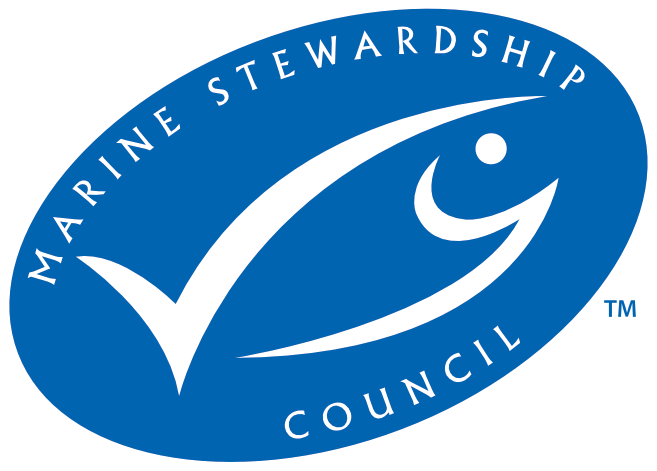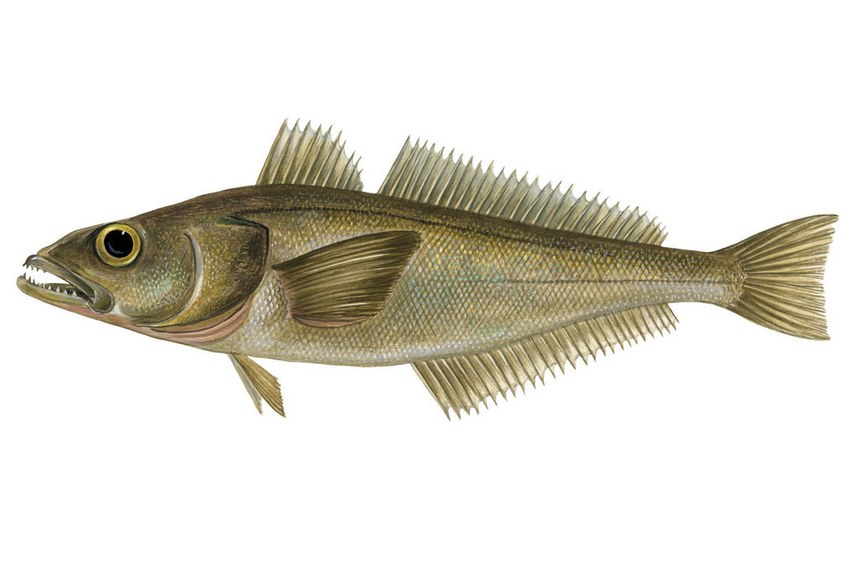
- Certifier :
- LRQA (Seafood) Limited
- Certified status :
- Certified
- Certified since :
- 24 Mar 2004
- Certificate expires :
- 18 Apr 2029
Overview
Fisheries are composed of one or more parts, each of which is entitled to receive an MSC certificate. These parts or “units” are defined by their target stock(s), fishing gear type(s) and if relevant vessel type(s), and the fishing fleets or groups of vessels.
When the term “Unit of Certification” is used for fishing units that are in assessment, it refers to the “Unit of Assessment” or “Unit of potential certification”. Expand a status below to view the parts that form this fishery. To check the detailed scope, download the latest certificate or open the Assessments page to get the latest report. Find out more by visiting our page on Fisheries
Catch by Species
| Species | Reported Catch Year | Metric Tonnes |
|---|---|---|
| Patagonian toothfish (Dissostichus eleginoides) | 2024 | 1,435 |
Information is provided by an independent Conformity Assessment Body as live weight (the weight of species at the time of catch, before processing) and where a fishing season covers multiple years, the end year is given as the reported catch year. Additional information is available in the latest report, see the assessments page.
About this Fishery
This fishery is located around the island of South Georgia and the plateau to the west around Shag Rocks. It was first certified in 2004, and has been recertified twice since then.
The Patagonian toothfish inhabits deep waters, with larger individuals typically found at depths between 200 to 2000m. Younger fish live in shallower waters. It is a long-lived species, living for more than 50 years and reaching more than 2m in length and 95kg in weight. Its main predators are sperm whales, sea lions and elephant seals.
The South Georgia fishery uses bottom set longlines. Several measures are taken to reduce bird mortality. Vessels fish only in winter (May to August) when birds are not breeding and are under less pressure to feed. Bait is defrosted and lines are weighted to ensure they sink quickly; and bird-scaring lines are used to keep them away from the hooks. These measures have been very successful – bird deaths have been reduced to very low levels.
Read our blog post about Patagonian toothfish >
“This fishery operates among huge colonies of breeding albatrosses and petrels which are highly vulnerable to bycatch, so the reduction of seabird mortality to low levels has been a major achievement. It is a credit to the operators and managers of the fishery – and the incentive provided by MSC certification is critical to replicating this success.”
- Dr Ben Sullivan, Coordinator, BirdLife Global Seabird Programme
Patagonian toothfish (Dissostichus eleginoides) image © Scandinavian Fishing Year Book
Market Information
Most of the fishery's product is exported to the USA, EU and Japan.
